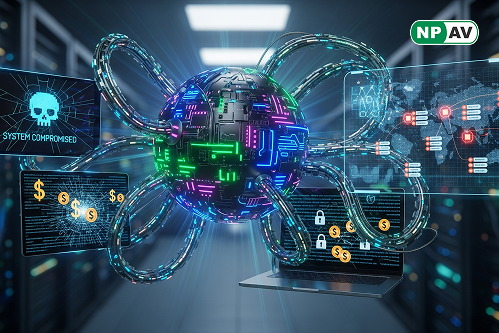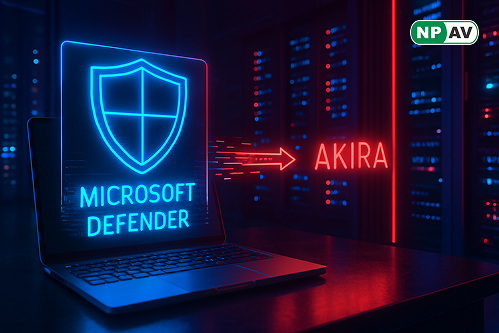Ransomware
-
Read moreDiscover how the AI-driven ransomware PromptLock leverages OpenAI’s gpt-oss:20b model to generate sophisticated, variable malware code. Learn about detection challenges and mitigation strategies for this emerging cybersecurity threat.
-
Read moreDiscover how AI-generated ransomware bypasses antivirus software, posing new cybersecurity risks in 2025 and challenging traditional defenses.
-
Read moreDiscover PromptLock, the first AI-powered ransomware using OpenAI's gpt-oss:20b model, enabling sophisticated attacks across multiple platforms.
-
Read moreExplore how the Underground ransomware gang is enhancing tactics against global organizations, using advanced encryption and targeted attacks.
-
Read moreDiscover the advanced evasion techniques and encryption methods used by the Lockbit ransomware variant targeting Linux-based ESXi servers. Learn how it operates and the implications for cybersecurity.
-
Read moreRoyal Enfield faces a significant ransomware attack, with hackers claiming full system compromise and demanding ransom. Learn about the implications and response.
-
Read moreHackers exploit a legitimate driver to bypass Microsoft Defender and install Akira ransomware. Learn how this vulnerability works and how to protect your PC.
-
Read moreExplore the rising threat of ransomware in India's aviation industry. Learn how digital transformation increases vulnerability and the potential impact on air travel safety and operations.
-
Read moreAnubis ransomware, first detected in November 2024, targets both Android and Windows platforms, utilizing a ransomware-as-a-service model. Learn about its tactics, high-profile attacks, and how to defend against this emerging threat.
-
Read moreThe maritime industry faces a surge in ransomware attacks from APT groups, with over 100 cyberattacks reported in the past year. Learn about the tactics used by hackers and the implications for global trade.















